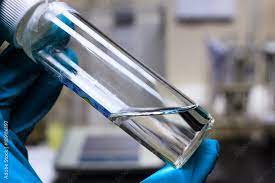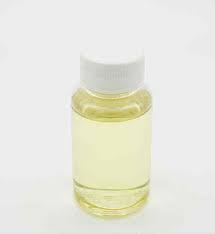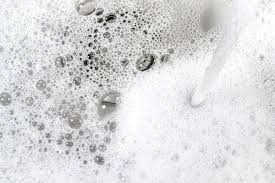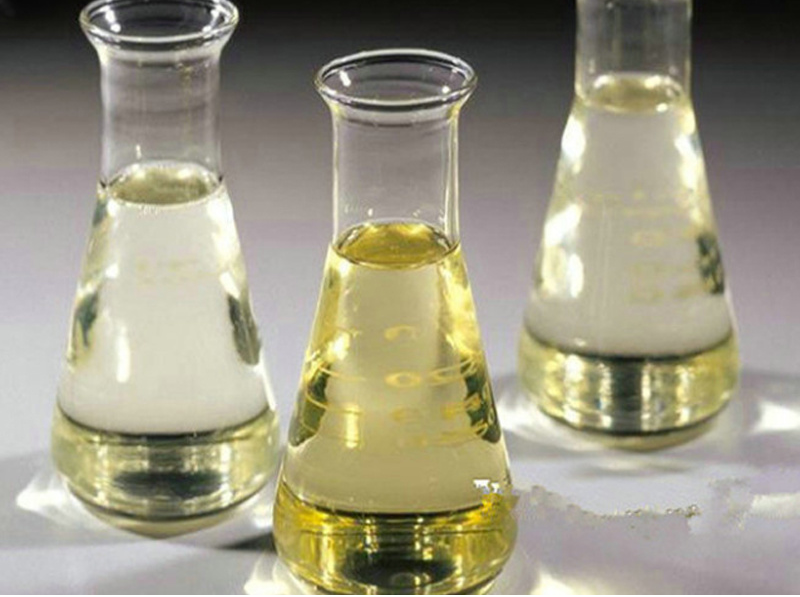**The Smoke Screen in Your Lungs: Sabotaging Your Essential Breathers**
(How Does Smoking Affect The Surfactant And Water Layers)
We all know smoking hurts the lungs. People talk about tar, coughing, and cancer. But deep inside your tiny air sacs, a hidden battle rages. Smoking attacks two silent heroes: the surfactant and the water layers. These unsung players are vital for easy breathing. Let’s pull back the curtain on this critical sabotage.
**1. What Are Surfactant and the Water Layers?**
Think of your lungs like millions of tiny, moist balloons – these are the alveoli. This is where oxygen enters your blood and carbon dioxide leaves. Keeping these balloons working right is tricky. They need to stay open but not too stiff, wet but not flooded.
First, the **surfactant**. It’s a slick mixture of fats and proteins made by special lung cells. Imagine it like super-slippery soap bubbles coating the inside of each air sac. Its main job? To drastically lower surface tension. Surface tension is that force that makes water bead up. Inside your lungs, high surface tension would make those tiny air sacs collapse like deflated balloons after every breath. Surfactant stops that.
Second, the **water layers**. The inside of your alveoli isn’t dry; it’s lined with a thin, watery fluid. This fluid is crucial. It helps gases (oxygen and CO2) dissolve and move easily between the air and your blood. It also helps keep the lung tissue healthy and protected. Think of it as the essential lubricant and transport medium right at the gas exchange surface.
Together, surfactant floating on these water layers is the ultimate team for effortless breathing and efficient gas transfer.
**2. Why Are Surfactant and Water Layers So Crucial?**
Without surfactant working well, breathing becomes a massive effort. High surface tension makes the alveoli stiff and hard to inflate. They also tend to collapse completely at the end of each exhale. Re-opening them takes huge force – you’d feel like you’re constantly fighting to suck air in. This is a major problem in premature babies whose lungs haven’t made enough surfactant yet (Infant Respiratory Distress Syndrome).
The thin water layers are just as vital. If this layer gets too thick, it creates a barrier. Oxygen struggles to dissolve and cross into the blood. Carbon dioxide has a harder time getting out. It’s like trying to breathe through a thick wet blanket. If the water layer is disrupted or missing, the delicate lung tissue gets damaged, leading to inflammation and scarring.
In short, surfactant keeps the air sacs open and bouncy, while the water layer ensures smooth gas traffic. Both are non-negotiable for easy, efficient breathing.
**3. How Does Smoking Wreck This System?**
Cigarette smoke is a toxic cocktail of thousands of chemicals. It doesn’t just pass through; it actively attacks.
* **Damaging Surfactant Production:** Smoke poisons the special cells (Type II pneumocytes) that make surfactant. Fewer healthy cells mean less surfactant is produced overall.
* **Altering Surfactant Composition:** Smoke changes the recipe. It reduces the amount of the most effective slippery fats (like DPPC) and damages the essential proteins. The surfactant becomes less slippery and less stable. It breaks down faster.
* **Overwhelming Surfactant Function:** Smoke particles and chemicals directly interfere with surfactant molecules. They stop surfactant from spreading properly over the water layer. Imagine pouring dirt into engine oil; it just doesn’t work right.
* **Disrupting the Water Layers:** Smoke causes inflammation. This inflammation makes blood vessels leaky. Fluid seeps out into the alveoli, making the water layer much thicker. This fluid often contains proteins and debris that further inactivate any remaining surfactant. It also creates that thick barrier slowing down oxygen.
* **Increasing Oxidative Stress:** Smoke floods the lungs with harmful free radicals. These molecules damage everything they touch, including surfactant molecules and the cells lining the alveoli, worsening the cycle.
Smoke doesn’t just reduce surfactant; it creates a dysfunctional, thin, or unstable layer sitting on top of an abnormally thick, sluggish water layer. Gas exchange becomes inefficient and labored.
**4. Applications: Real-World Breathing Problems**
The damage smoking causes to surfactant and water layers isn’t just lab theory; it drives real, serious lung diseases:
* **Chronic Obstructive Pulmonary Disease (COPD):** This includes emphysema and chronic bronchitis. Destroyed surfactant and thickened fluid layers contribute massively to the hallmark symptoms: shortness of breath (especially during exertion), chronic cough, wheezing, and feeling constantly tired. The lungs lose their elasticity and struggle to move air efficiently.
* **Increased Risk of Infections:** Healthy surfactant actually helps the lungs fight germs. Damaged surfactant and poor clearance of the thickened fluid make it easier for bacteria and viruses to take hold, leading to more frequent and severe lung infections like pneumonia and worsening bronchitis.
* **Acute Respiratory Distress Syndrome (ARDS):** While ARDS has many causes (like severe infection or trauma), smokers are more susceptible. If they get sick enough to develop ARDS, the existing damage to their surfactant and fluid balance makes their lung injury much harder to treat and recover from. ARDS involves massive fluid leakage and surfactant failure, making the lungs extremely stiff.
* **Impaired Lung Development in Babies:** Maternal smoking during pregnancy harms the developing baby’s lungs. It can reduce surfactant production before birth, increasing the baby’s risk of breathing problems after delivery.
* **Reduced Effectiveness of Medical Surfactant:** Artificial surfactant is a lifesaver for premature babies. Studies suggest it might be less effective in babies born to mothers who smoked during pregnancy.
**5. FAQs: Clearing the Air**
* **Does quitting smoking help surfactant and water layers recover?** Yes, absolutely. Quitting is the single best thing you can do. While some damage, especially structural changes like emphysema, might be permanent, stopping the smoke assault allows inflammation to decrease. Lung cells can start repairing themselves. Surfactant production and composition often improve over time. The constant fluid leakage slows down. Breathing usually gets easier.
* **Do e-cigarettes/vaping harm surfactant and water layers?** The science is still developing, but early evidence is concerning. E-cigarette aerosols contain ultrafine particles, flavoring chemicals, and solvents (like propylene glycol and vegetable glycerin). These can cause inflammation, oxidative stress, and damage to lung cells, potentially harming surfactant function and fluid balance. Vaping is not a safe alternative.
* **Can you measure surfactant damage?** Directly measuring surfactant in a living person is complex and not routine. Doctors diagnose problems caused by surfactant/fluid issues (like COPD or ARDS) based on symptoms, lung function tests (spirometry), chest X-rays, and CT scans. These tests show the *effects*: stiff lungs, poor oxygen transfer, air trapping.
* **Is there medicine to fix surfactant damage caused by smoking?** There’s no specific medicine to “heal” smoke-damaged surfactant directly. Treatments focus on managing the diseases it causes. For COPD, bronchodilators help open airways, steroids reduce inflammation, oxygen therapy helps with low blood oxygen. For severe cases like ARDS, artificial surfactant can sometimes be used, but it’s not standard for smoke-related COPD. The best medicine is prevention: quitting smoking.
(How Does Smoking Affect The Surfactant And Water Layers)
* **Does secondhand smoke affect surfactant?** Yes, exposure to secondhand smoke also causes lung inflammation and oxidative stress. While likely less severe than active smoking, it can still contribute to respiratory problems, especially in children whose lungs are still developing, by damaging the surfactant system and fluid balance.
Inquiry us
if you want to want to know more, please feel free to contact us. (nanotrun@yahoo.com)




